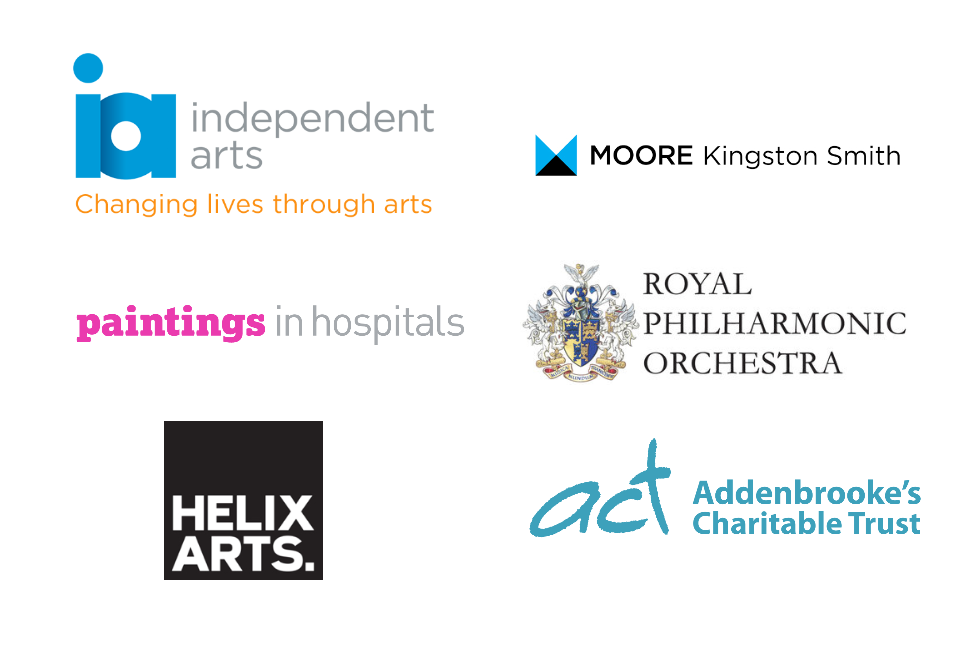This blog series explores our recently completed project, in partnership with Moore Kingston Smith (MKS), to develop an impact framework for a cohort of community-based project award-holders.
The Project
The aim of the project was to determine whether a common outcome set could be identified for the arts-based interventions and to provide each of the organisations involved with a bespoke impact evaluation model. The model would help equip the award-holding organisations with the tools and knowledge to be able to evaluate and communicate their impact, based upon the principles of Social Return on Investment.
Being based in the Isle of Wight you can feel quite isolated and don’t always get opportunities to meet with other similar charities…hearing from and learning from others – it’s important to broaden your mind set, it helps you think differently and more creatively and use these ideas to build and improve your organisation
Hannah Griffiths, Independent Arts
The project unfolded over 12 months and comprised five-stages leading to the creation of the impact models for each organisation.
- Understanding the outputs: This stage involved briefing the MKS impact team on the organisations involved and the details of the specific project being investigated, such as the intended aims of the project, the number of participants etc.
- Stakeholder engagement: Focus groups were held with participants from each project. The aim of these focus group meetings was to explore with participants of the funded projects, their families, carers and staff, what changes have occurred as a result of the project, or what the outcomes of taking part in the project were. All different types of outcomes were recorded, whether they were positive or negative, intended or unintended.
- Mapping outcomes: each of the changes reported by the participants in the focus group were analysed and distilled into a list of final outcomes.
- Researching proxies: financial proxies were found to represent the relevant value of each outcome.
- Creating the model: all of the information on outcomes and values were used to construct an impact model for each project, along with information on the number of participants involved. A bespoke model was created for each organisation and training sessions were held at each of the organisations’ office to train staff on how to use the model.
It was really nice that [the MKS team] came to visit us. This meant that people who…couldn’t necessarily come to the training day could be involved. We had six people attending and, therefore, it could be explained to more people which helps with integrating it into more projects
Hannah Wilson, Addenbrookes Charitable Trust
The process involved a number of face to face meetings starting with the focus groups with participants. This was followed by a training day, in which staff from all of the organisations involved met to discuss the process and the methodology behind the model with each other and the DMT and MKS teams. Finally, MKS visited each organisation to train relevant staff in how to use the impact calculation model and provided them with a tailor-made guide that would assist them in taking their impact management process forward.
The focus group gave me a good opportunity as a producer to just sit and take note. It was a real opportunity for me to do some active listening with the participants, as usually in these situations I’m trying to listen, record and facilitate.
Susie Bailey, Helix Arts
What did we learn? Read Part 4 to find out!

